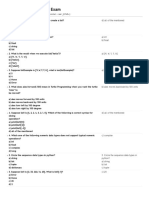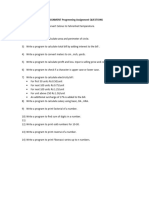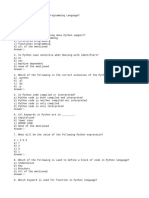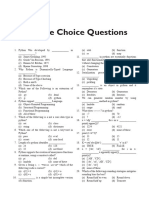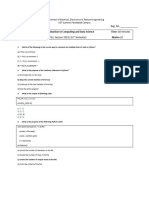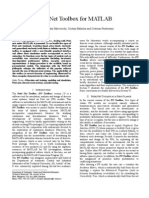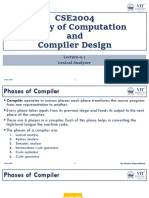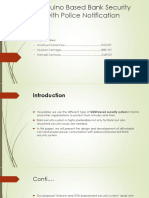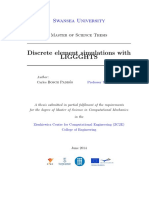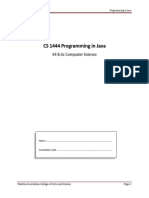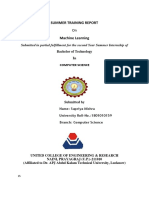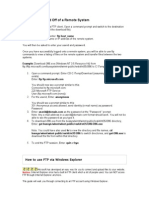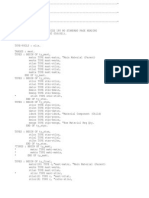0% found this document useful (0 votes)
37 views14 pagesExam Questions Computer Programming I
The document contains a set of exam questions for a Computer Programming I course, covering fundamental concepts such as programming languages, data types, functions, and Python-specific features. Each question is multiple-choice, with options provided for the students to select the correct answer. The document also includes the correct answers for each question at the end.
Uploaded by
umarmahmoud798Copyright
© © All Rights Reserved
We take content rights seriously. If you suspect this is your content, claim it here.
Available Formats
Download as DOCX, PDF, TXT or read online on Scribd
0% found this document useful (0 votes)
37 views14 pagesExam Questions Computer Programming I
The document contains a set of exam questions for a Computer Programming I course, covering fundamental concepts such as programming languages, data types, functions, and Python-specific features. Each question is multiple-choice, with options provided for the students to select the correct answer. The document also includes the correct answers for each question at the end.
Uploaded by
umarmahmoud798Copyright
© © All Rights Reserved
We take content rights seriously. If you suspect this is your content, claim it here.
Available Formats
Download as DOCX, PDF, TXT or read online on Scribd
/ 14





